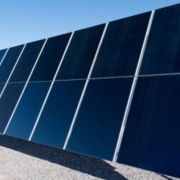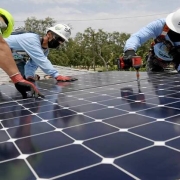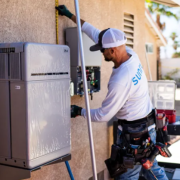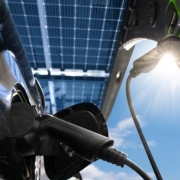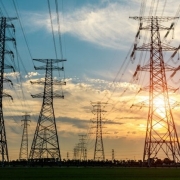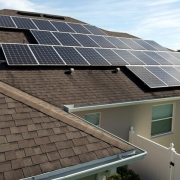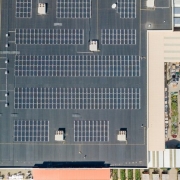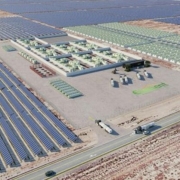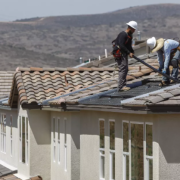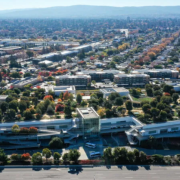Arevon Energy and San Diego Community Power broke ground on the Vikings Energy Farm, a solar + storage power plant in Holtville, California. The project was first announced in May 2021.
The Vikings Energy Farm is among the first solar peaker plants in the United States. The facility’s unique 1:1 configuration — 137 MW of solar, coupled with 150 MW/600 MWh of battery energy storage — will allow it to shift daytime solar production to late afternoon and evening hours, providing on-peak energy whenever necessary. The Vikings Energy Farm will feature the Tesla Megapack for battery energy storage and First Solar thin-film solar modules.
Click here to read the full article
Source: Solar Power World
—
If you have any questions or thoughts about the topic, feel free to contact us here or leave a comment below.

